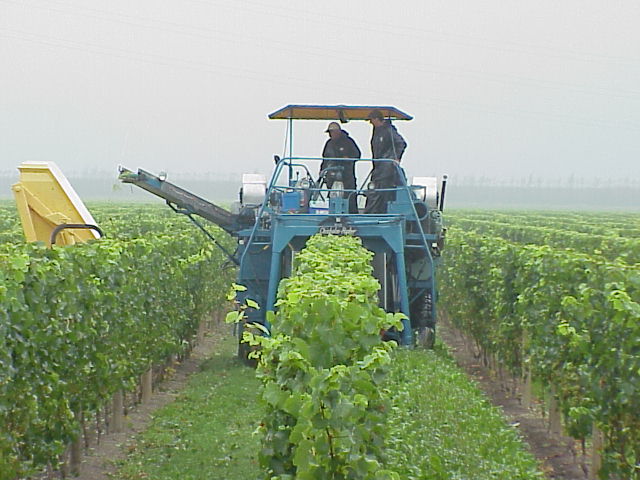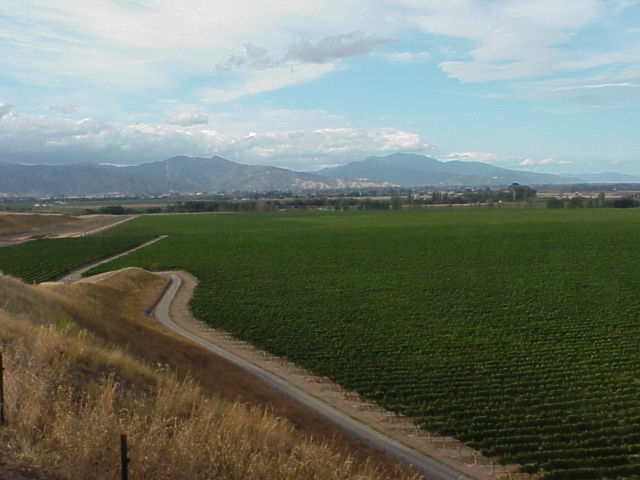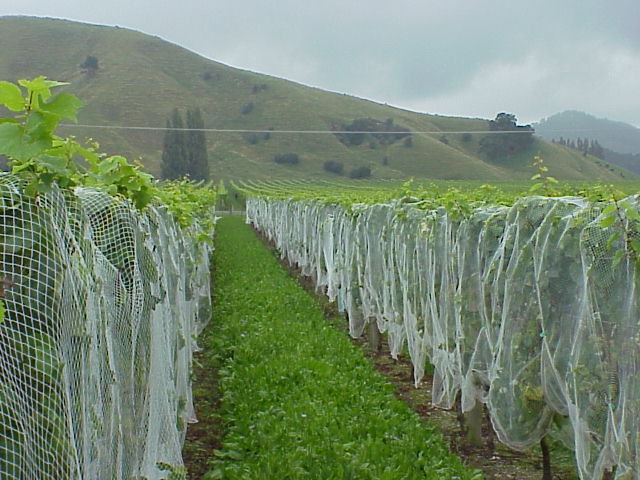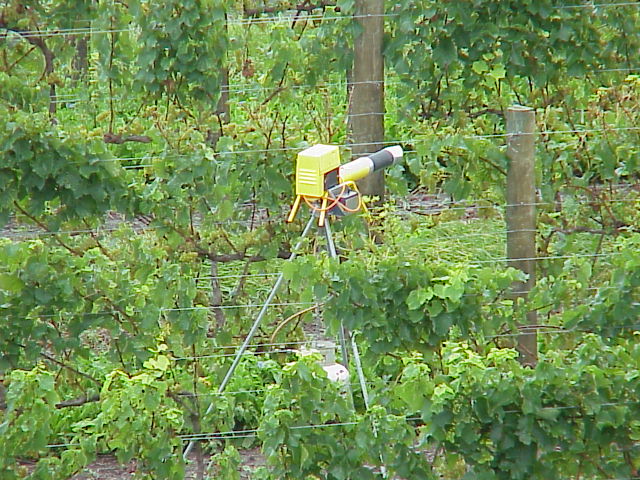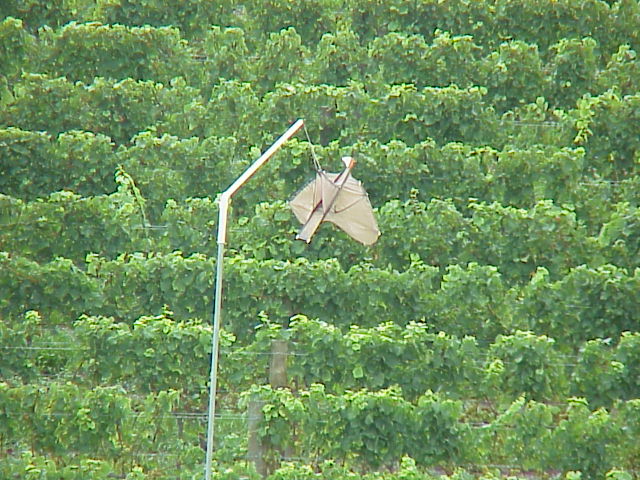Since
the modern wine business got started in New Zealand in the late
1950's, this country is near the top regarding accomplishments in
quality improvement. The first steps for the New Zealand wine industry
were actually mis-steps. The first plantings were of Muller-Thurgau
grapes and other suggested varieties based on New Zealand's cool
climate. It was thought that most of the 'noble' varieties like
Chardonnay and Cabernet
Sauvignon would have problems getting ripe. In the early
1970's, advances in vineyard practices (especially canopy management)
brought about the ability to ripen the 'noble' varieties. Since
that time the vineyards have been shifted toward better (and more
marketable) grape varieties and the New Zealand wine business has
been shifted into high gear. In the '90's, New Zealand entered the
world market and has become known for its high quality. It is especially
known for its Sauvignon
Blanc, some of which have an "in your face" style.
Geographically,
New Zealand is an island country positioned about 1800 miles east
of Australia.
There are two main islands (North Island and South Island). The
country is mountainous and gets very high amounts of rainfall. This
heaviest of the rain is confined to the western slope of the mountains.
Most of the grape growing is on the eastern side of the islands
and often takes place in the beds of dry, ancient rivers.
On
the North Island, there are two primary wine producing areas. They
are the Martinborough region near the capital city of Wellington
and the Hawks Bay region farther south. Sauvignon
Blanc and Cabernet Sauvignon are the two dominant grapes
with Pinot Noir plantings rising rapidly.
The
best known growing region on the South Island is Marlborough. It
has become widely known for the stunning Sauvignon Blancs which
are made there. Pinot
Noir is the other 'up-and-coming' type among several
other grape varieties grown in Marlborough. No other type has achieved
the international acclaim that has been given to the Sauvignon Blanc.
The Marlborough region has a long, dry, cool growing season in which
grapes achieve complete ripeness with long 'hang time' on the vines.
These wines usually have pronounced bouquet and can range from very
assertive in style (like Cloudy Bay) to very balanced and seductive
(Montana/Brancott).
One notable
difference that exists about growing grapes in New Zealand versus
many other countries is that almost all the grapes are grown on
the flat bottoms of expansive valleys rather than on the slopes.
The original reason was that the type of farm equipment required
to farm on the slopes was not available in New Zealand. As a result
of the original plantings, growers found that the volcanic soil
of the country created very good drainage even on the flatlands.
New Zealand
is an underpopulated country in spite of it's many attractive qualities
and healthy lifestyle. As a result of a limited labor force, mechaniztion
has been extremely important in the New Zealand wine industry. The
top photo on the right shows a mechanical harvester in use. The
wine industry would not be as successful in New Zealand without
a high degree of mechanization. Most producers have incorporated
this efficiency and still deliver very high quality in their wines.
Another
serious challenge faced by growers in New Zealand is the loss of
crop to the very great number of birds that are found there. A variety
of different methods are employed (usually in combination) to protect
the fruit from the birds until harvest. The photos to the right
show the use of nets, decoys and soundmakers.
|
